Fundamental analysis, in accounting and finance, is the analysis of a business’s financial statements (usually to analyze the business’s assets, liabilities, and earnings); health; and competitors and markets. It also considers the overall state of the economy and factors including interest rates, production, earnings, employment, GDP, housing, manufacturing and management. There are two basic approaches that can be used: bottom up analysis and top down analysis. These terms are used to distinguish such analysis from other types of investment analysis, such as quantitative and technical.
technical analysis is an analysis methodology for forecasting the direction of prices through the study of past market data, primarily price and volume. Behavioral economics and quantitative analysis use many of the same tools of technical analysis, which, being an aspect of active management, stands in contradiction to much of modern portfolio theory. The efficacy of both technical and fundamental analysis is disputed by the efficient-market hypothesis, which states that stock market prices are essentially unpredictable.
If you take a look at the FOREX quotes on your trading platform you will see that there are two prices for each currency pair. One is the price at which you can buy, referred to as the “ask price”, and the other is the price at which you can sell, referred to as the “bid price”. The difference between these two prices is known as the spread. The ask price is always higher than the bid price.
If your FOREX broker offers you a leverage of 1:100 you can trade with a 100 times more money than you have in your deposit. This means that if you want to buy 100 000 EUR/USD you only need to have a 1 000 actual euros. With this kind of leverage you can take a position that is a 100 times larger in value and expect a 100 times bigger profits or losses, therefore great care is advisable when placing your trade. Equities, on the other hand, are traded without leverage.
In the above example, we bet that the EUR will go up against the USD, so we bought EUR/USD hoping to sell it later at a higher price. This is called long position. What should you do if you expect the EUR to go down against the USD? Well, then you do the opposite – you sell the EUR/USD with the hope to buy it cheaper later on. This short trading is how you take advantage of exchange rates that are going down.


